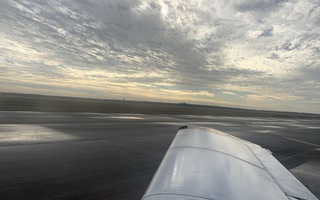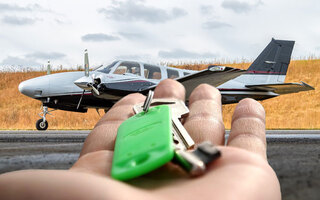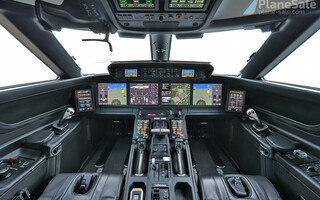So here you are, a pilot rated to carry passengers, and it's time to start taxiing the aircraft. Your passengers are excited to go fly, maybe a little nervous-so it makes you nervous. You're ready to get off the ground and up in the air for the fun to begin. But wait, you can't go up just yet! You need to give the passengers a quick safety briefing for, of course, their safety. So here's a good method to help you develop a good flow for one:
Use the acronym SAFETY to make sure you cover each item you need to as outlined in 14 CFR 91.519
Show them how to buckle and unbuckle their seatbelts, and ensure if there are shoulder harnesses that they're being worn and tightened properly.
As for smoking, discuss as to when, where, and under what conditions smoking is not allowed.
Especially if you're in something like a small Cessna 172 then you want to show where the air vents are for fresh air and how to adjust them. This is more for comfort but can also help if they feel sick or uneasy. If you're on a high altitude plane, like a citation, then show where the oxygen equipment is and how to use it in an emergency. The regulation here simply states "normal and emergency use of oxygen equipment installed on the airplane."
This includes if you're flying over water where the flotation equipment is and how to exit in an emergency, bringing you to the next item on the list.
You've showed them how to fasten and unfasten seatbelts, now demonstrate how to exit the plane if you're unable to help them in an emergency (ex. you're unconscious).
This one is more commonly used in small planes, like back to the Cessna 172. Simply tell the passengers that if you see traffic (another aircraft) nearby and you don't think the pilot has eyes on it yet, to point out where it is using clock terms like 12 or 1 o'clock.
Ask the passengers if they have any questions pertaining to the flight. Maybe they didn't fully understand how to open the door/canopy in an emergency. This is their chance to ask and will make both them and you feel more comfortable. After all, flying is supposed to be fun, but it can't be done if someone feels uneasy the entire time.
Remember, safety is always the goal of every flight! Brief your passengers, stick to the checklists, and go have some fun in the air.





